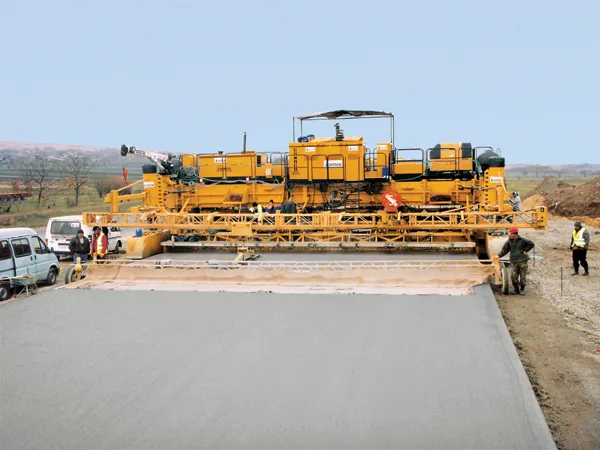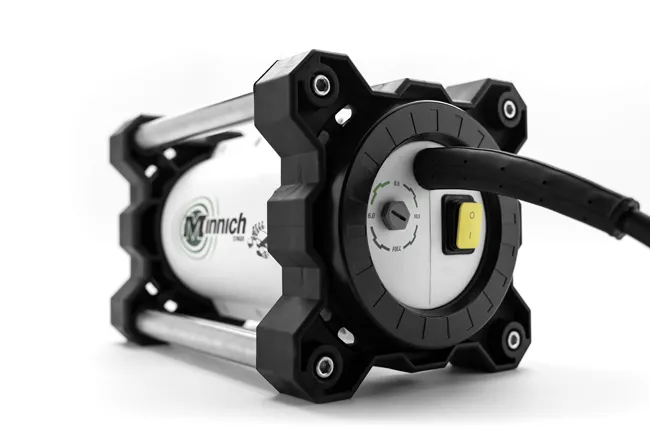The authorities in China are now acting on plans announced last year to build a proportion of the country's new highway network from concrete. The new 84km highway connecting Xingtai in Hebei and Fenyang in Shanxi will be constructed with a concrete surface. The project is due for completion in mid 2013 and is expected to cost some US$1.37 billion to construct. This development is of note as the country has built most of its most recently constructed highways using asphalt technology.
March 6, 2012
Read time: 1 min
The authorities in China are now acting on plans announced last year to build a proportion of the country's new highway network from concrete. The new 84km highway connecting Xingtai in Hebei and Fenyang in Shanxi will be constructed with a concrete surface. The project is due for completion in mid 2013 and is expected to cost some US$1.37 billion to construct. This development is of note as the country has built most of its most recently constructed highways using asphalt technology. Concrete roads were built in China in the past but earlier generation technologies and construction methods were used and the roadway performance did not meet expectations. Only in the last few years have the Chinese authorities reconsidered the use of concrete road construction techniques, employing modern technology and setting targets to build a percentage of the new highway network from concrete.








